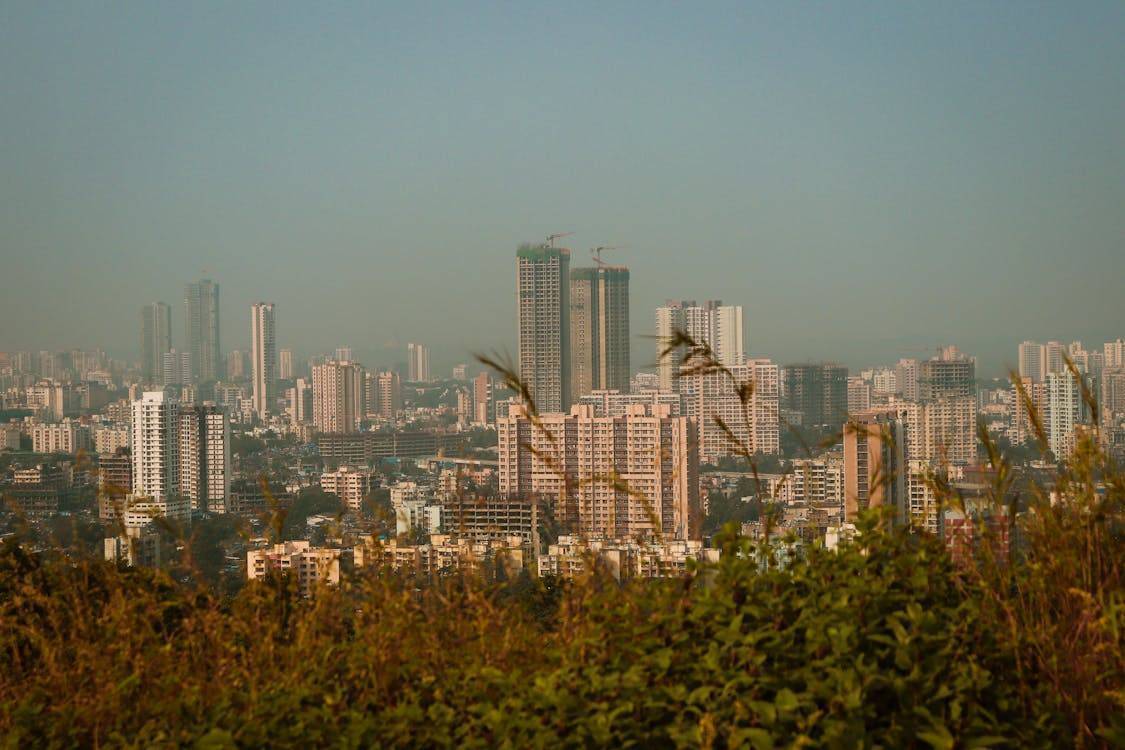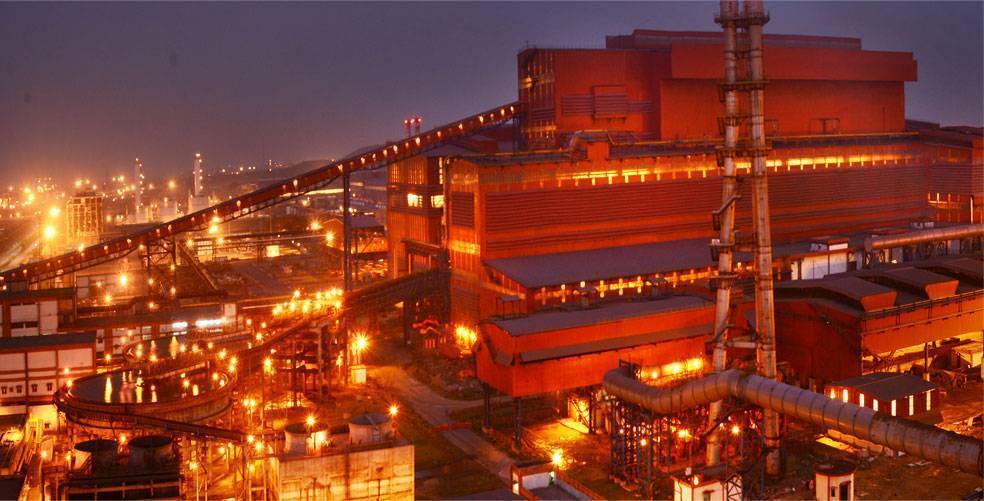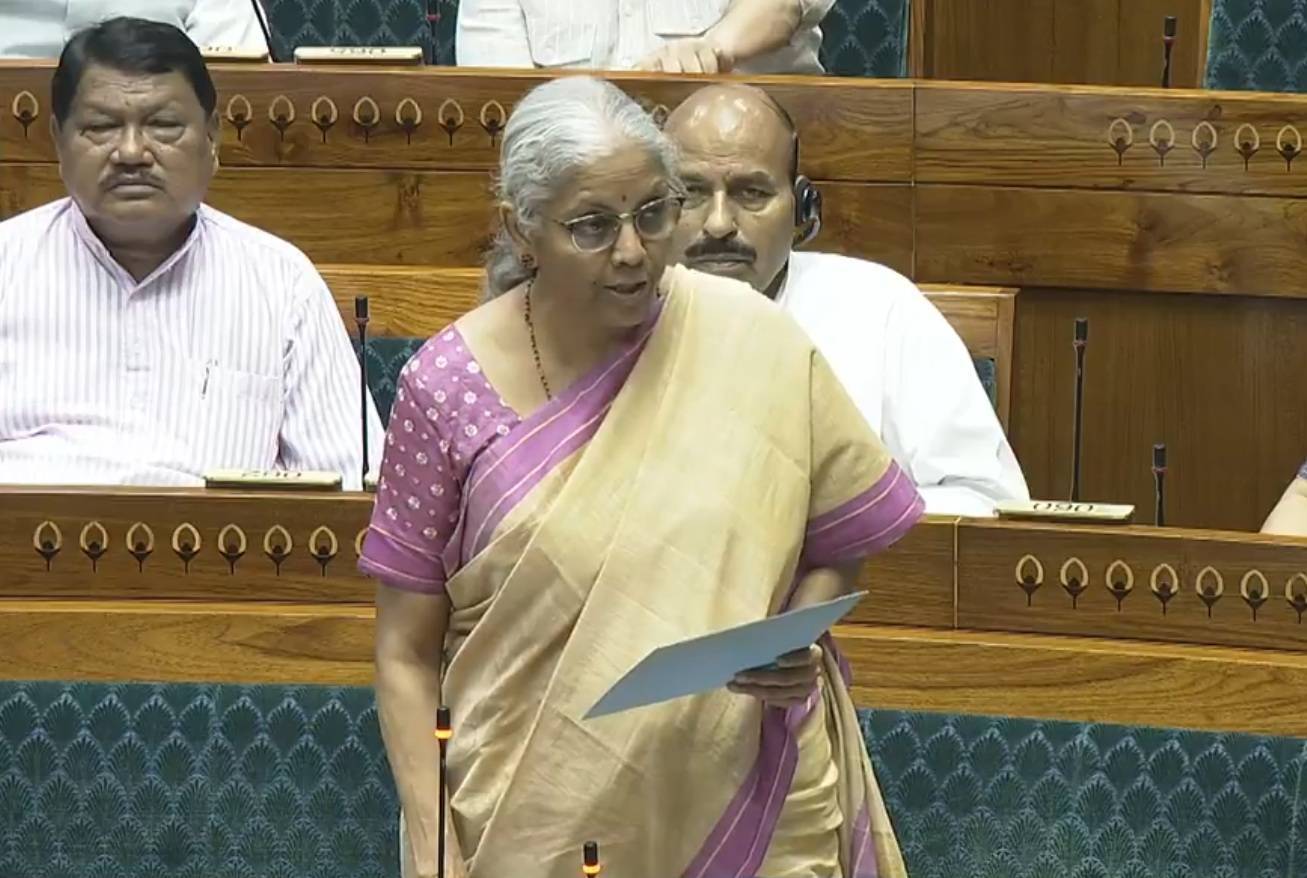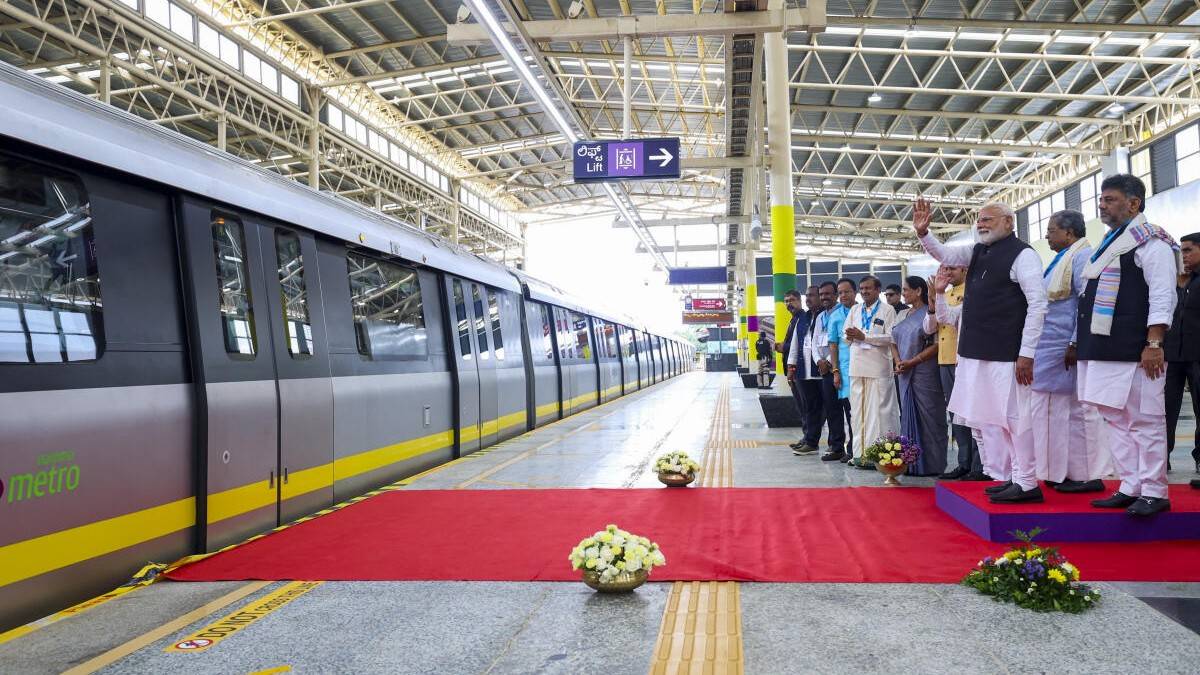In a major step to improve urban housing in Maharashtra, the state cabinet has approved the Maharashtra Housing Policy 2025—its first major housing update in almost 20 years. The last major policy was introduced in 2007. This new plan aims to build 35 lakh affordable homes by 2030, with an estimated investment of ₹70,000 crore. Under the slogan "Majhe Ghar, Majha Adhikar" (My Home, My Right), the policy focuses on key issues such as land availability, housing finance, redevelopment, and housing for people who have been left out of earlier schemes. A detailed analysis is discussed below.
Consolidating Fragmented Policies for a Coordinated Approach
The new policy represents a long-awaited overhaul that attempts to integrate and update the state’s fragmented housing regulations. While previous efforts to revise the housing policy had been stalled due to administrative delays, the current version is based on recent assessments of urban growth, demographic shifts, and the housing implications brought on by the COVID-19 pandemic. It incorporates lessons learned over the past 15 years and consolidates multiple schemes under a single, coordinated framework. According to officials in the Housing Department, the policy reflects an effort to balance inclusivity with economic viability, aiming to address the challenges of rising land prices, regulatory complexity, and low supply in the affordable housing segment.
Supporting Self-Redevelopment Through Direct State Backing
One of the policy’s key pillars is the promotion of self-redevelopment for old housing societies. Across Mumbai and the Mumbai Metropolitan Region (MMR), there are more than 25,000 buildings eligible for redevelopment. These projects, worth over ₹30,000 crore, often remain stuck due to lack of financing, developer interest, or procedural clarity. To address this, the state has earmarked ₹2,000 crore to support self-redevelopment by cooperative housing societies. This model empowers societies to independently undertake redevelopment projects, offering greater transparency and control to residents. To assist them, the policy mandates the formation of a dedicated Self-Redevelopment Cell within the housing department. This cell will provide end-to-end technical and administrative support, help societies navigate approvals, conduct feasibility studies, and connect them with financial institutions and contractors. The government also plans to implement a single-window clearance system to ensure timely approvals and reduce bureaucratic delays. These steps are intended to boost the supply of new housing units while revitalising aging urban infrastructure.
Land Bank to Unlock Idle Government Parcels
Addressing the issue of land scarcity, especially in Mumbai and Pune, the policy calls for the creation of a government land bank dedicated to affordable housing. The housing department, in collaboration with departments such as Revenue, Forest, MSRDC, Water Resources, and Industries, will identify and repurpose unused or underutilised land parcels by 2026. Once demarcated, these lands will be allocated to MHADA and other affordable housing agencies or private developers under pre-defined guidelines. This initiative aims to overcome the current bottleneck of land availability, which has historically limited the reach of affordable housing projects and forced MHADA to depend on sporadic and highly competitive lotteries for housing allocation.
Cluster Redevelopment to Revive Stalled Projects
To further accelerate urban renewal, the policy also focuses on reviving stalled projects and promoting cluster redevelopment. Large pockets of urban land, especially in slum areas and old housing colonies, remain underutilised due to legal disputes, funding gaps, and inefficient project planning. The government is now pushing for a cluster-based approach that allows for integrated redevelopment, offering developers higher Floor Space Index (FSI), waivers on premiums, and fast-tracked approvals for eligible projects. This shift from plot-wise to cluster-wise redevelopment is expected to benefit dense localities like Dharavi, Kurla, and parts of Pune and Nagpur where parcel-based redevelopment has failed to make meaningful progress. The policy also enables joint ventures between developers and state agencies such as MHADA or the Slum Rehabilitation Authority (SRA) to ensure smoother project execution.
Focus on Walk-to-Work, Senior Living, and Student Housing
The 2025 policy also attempts to address the growing demand for specialised housing segments such as walk-to-work residences, senior living, and student accommodation. In alignment with national urban planning principles, the policy mandates that 10% to 30% of land within industrial zones be reserved for residential use. This aims to reduce commuting time, improve the quality of life for workers, and promote mixed-use development, particularly in regions like Navi Mumbai, Raigad, and Aurangabad. Additionally, the policy proposes stamp duty concessions for senior living projects and encourages developers to create purpose-built student housing, especially in cities like Pune, Mumbai, and Nashik where student populations are significant. This focus reflects a growing awareness of demographic-specific housing needs and the importance of catering to different life stages and urban user groups.
Enhancing Transparency with a Digital Housing Portal
On the administrative front, the state plans to launch a digital housing portal that integrates project approvals, beneficiary tracking, grievance redressal, and performance monitoring. This will help improve transparency and coordination among different stakeholders. The policy also aims to align closely with central government schemes like the Pradhan Mantri Awas Yojana (Urban), making state-level incentives conditional upon compliance with national housing guidelines. To ensure sustained progress, a steering committee at the state level will be constituted to monitor implementation, coordinate across departments, and review progress against annual targets.
The Maharashtra Housing Policy 2025 attempts to tackle some of the most entrenched challenges in urban housing through a mix of financial support, regulatory simplification, and stakeholder empowerment. Its success, however, will depend not only on the soundness of its proposals but also on timely and coordinated execution. If implemented effectively, this policy could significantly increase the affordable housing stock across Maharashtra while revitalising older urban neighbourhoods and addressing emerging housing needs in a fast-urbanising state.









